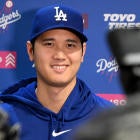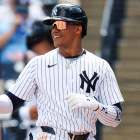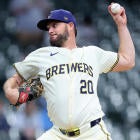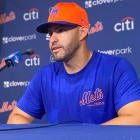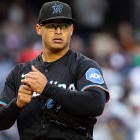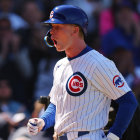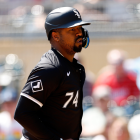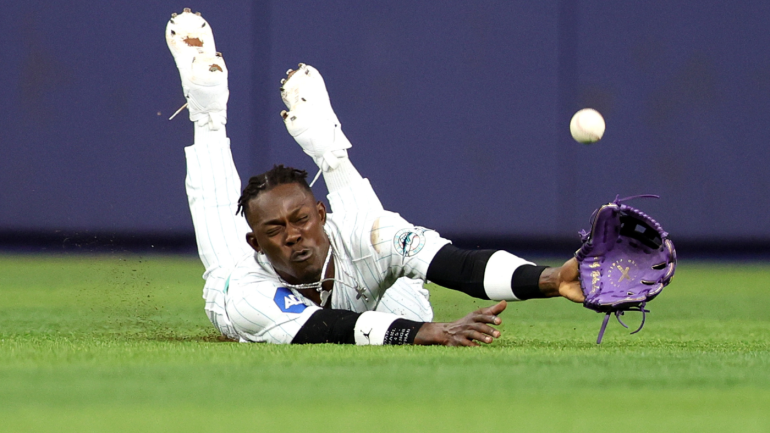
Coming into the spring, it was fair to ask of the Miami Marlins just how committed they were to starting Jazz Chisholm Jr. in center field. After four games, including Sunday's 5-1 loss to the New York Mets, it's time to ask them a different question on the same matter: are you sure?
Chisholm, a career infielder prior to this year, added another misplay to his collection in the seventh inning. This time, he took an imprecise route on a Tommy Pham line drive, then compounded that mistake by allowing the ball to get beyond him.
Pham scampered into second and Mark Canha, who had been on first base, crossed the plate. It didn't make much difference in the result -- the Marlins were already down 4-1 -- but it did reinforce the idea that playing Chisholm in center field means experiencing growing pains, be it in the form of extra bases or, in some cases already, in the form of extra runs allowed.
Take a look:
Tommy Pham's 3rd RBI of the day! pic.twitter.com/RDIaGvwtjb
— SNY (@SNYtv) April 2, 2023
Just a few days ago, Chisholm turned this Daniel Vogelbach fly ball -- estimated by Statcast to have a 99 percent catch probability -- into a double:
Before that, on Opening Day, Chisholm misplayed a Brandon Nimmo line drive into a two-run double:
Chisholm has looked unsteady even on the plays he's made, too. It's a small sample, but Statcast estimates that Chisholm's actual catch rate is 10 percentage points worse than his expected catch rate. For reference, that would've been the worst mark among any qualified player last season. (Andrew Vaughn, at nine percentage points worse than expected, was the worst outfielder; he's since been moved by the Chicago White Sox to first base.)
This isn't to pick on Chisholm, by the way. He's a good young player, a potential face-of-the-franchise type, who is trying his best and who deserves credit for trying to play center for the team's sake. Rather, this is more about what appeared, both then and now, a weird approach to roster-building.
What the Marlins likely should have done is leave Chisholm at second base. There, he could've built upon last season, when he made his first career All-Star Game by posting a 139 OPS+ with 14 home runs in 60 games. Instead, he's attempting to learn a new position on the fly, all the while his every misstep costs his pitching staff and is captured on camera for all to consume.
What the Marlins did instead was acquire a bunch of players who do not fit in a coherent manner. As it is, they're asking four players to occupy positions that were not their primary spots last season: Chisholm in center, where his elite-level sprint speeds could have transferred into well-above-average range; Luis Arraez at second; Joey Wendle at short; and Jean Segura at third. They're doing this so they can deploy either Garrett Cooper or Yuli Gurriel at first base in an effort to raise their otherwise meager offensive ceiling.
Is that run-creation boost, slight or otherwise, worth what they stand to give back defensively? (Not to mention the potential trade-offs those players might have to make with their bats in order to keep their heads above water with their gloves.) You wouldn't think so, but here's the kicker about the whole thing: the Marlins defense actually performed well in its first four games when viewed solely through the lens of hits allowed. Indeed, Miami ranked sixth-best in batting average on balls in play as of press time. Is that sustainable? Not based on everything we know about the players in question. Is it funny? To an extent.
The humor stops at the shoreline because of this reality: the Marlins' Frankensteinian approach to defense risks turning their best player into a punchline, if not an overall negative. Smart team-building is all about putting players in the best position to succeed. It's clear the Marlins are failing Chisholm and others in that respect.
















